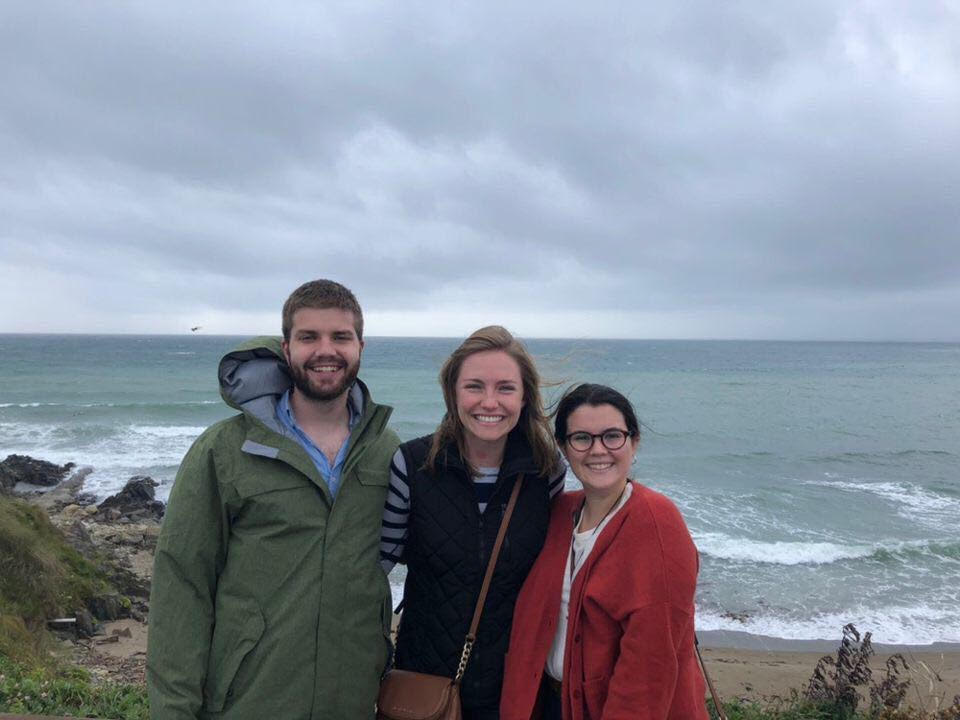People look East, the time is near
Of the crowning of the year
Make your house fair as you are able
Trim the hearth and set the table
People look East, and sing today
Love the Guest is on the way.
“People Look East,” song by Marty Haugen
Advent is my absolute favorite time of the liturgical year. I love the quiet anticipation of the season, the time set aside for the in-between incompleteness of our lives, the call to remember our humanity and prepare a space for Christ’s birth in our own world. Our music takes on contemplative minor keys and speaks of ancient prophecies and promises of peace and justice. We light candles and pray for hope, peace, and love. Above all, I love the vulnerability of this season; it is a raw time of darkness before the coming of the Light, in which we find ourselves gazing long at hard at the things that need fixing in our world and in our hearts before we host the coming Child.
As we approach the end of the Advent season and the beginning of Christmas joy, I have been reflecting on the vulnerability of the season and its parallels to life in intentional community. This is the time of the year in which we celebrate a child and mother, where we rejoice in God’s choice to take on the most vulnerable moment of human life as His own. An infant, for pity’s sake, they can’t even hold up their own heads! This season invites us into this radical vulnerability, into recognizing our humanity and its weaknesses and into marveling at God’s decision to embrace it anyway. God could have come to Earth in any form; He could have been an emperor or a warrior, but He chose a human infant, someone who would have to be taught language, and how to walk, and who would have to nurse at a woman’s breast.
Helpless and hungry, lowly, afraid, wrapped in the chill of midwinter
Comes now among us, born into poverty’s embrace,
New life for the world.
Who is this who lives with the lowly, sharing their sorrows, knowing their hunger?
This is Christ, revealed to the world in the eyes of a child,
A child of the poor.
“Child of the Poor,” song by Scott Soper
This radical vulnerability, this full humanness is at the very heart of community life. Never again in my life (unless I work with my eventual spouse) will my coworkers know how I always leave my things at the kitchen table no matter how many times I try to remember to bring them into my room, or how after 9 pm I am just an absolute grump, or how I’ll get up at 6 am to roast a chicken for broth, or how I need an inordinate amount of coffee in the mornings before I become human, or about any of my other obnoxious living habits that I’m not even aware of yet. My community members see me when I’m crying at odd things, like when the printer somehow folds pamphlets on its own and staples them, or when children are saying the “Our Father” in Irish during Mass, or when Fr. Denis references a poem about boats during a homily, or when our Thanksgiving celebration went beautifully and I feel so loved by the Clonard community.
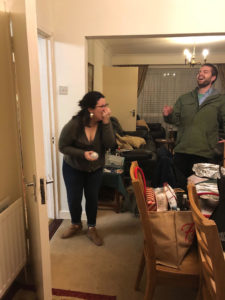
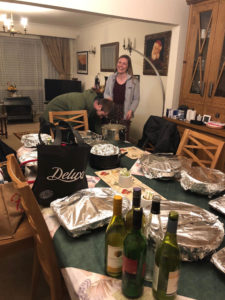
On the wall of my high school History teacher’s room was one of those cheesy inspirational posters that read, “Integrity is who you are when no one’s watching.” Well, when living in community, someone is always watching. My bad mood from a morning walk in the rain will become a part of our workday and our evening at home if I don’t come to terms with the source of my frustration and put the funk to rest before entering the office.
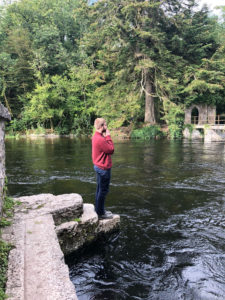
My community members see my whole person, even the parts of my personality that I am not proud of, the things I try to hide under normal circumstances. They see me when I’m sick, when I’m lonely and grumpy. I don’t have time to put on a perfect façade in the mornings and couldn’t take it off in the evenings; my community members would see right through it. Living in community forces us to confront who we are as human beings, often messy and fallible, and it has been teaching me to look long and hard at the ways I can be preparing for the coming Guest in my own heart.
Of course, this principle of connection through vulnerability goes both ways: my community members also see me at my best, when I’m doing the things that I love. They get to see me when I’m singing and playing guitar, when I’m teaching, when I’m chatting with the tea ladies, when I’m cooing over the children next door to our office, when I’m fun and goofy and dancing around the kitchen. My housemates see the way I love them through acts of service, when I am baking cupcakes for their birthdays and forcing them to wear cardboard birthday crowns, when I am volunteering to clean the bathrooms, when I (very unsubtly) remind them to put their shoes out for St. Nicholas. They see me when my hair has curled and I’m confident and joyful, when I’m talking about the things I’m passionate about, when I am at my most generous and thoughtful.
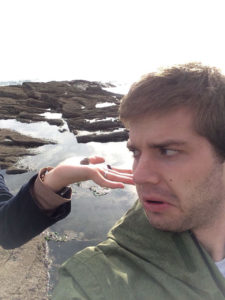
I love living in community, especially with these talented, brilliant people. There is something powerfully beautiful about being able to pull a morning’s Mass music together in the few minutes before daily Mass begins, knowing enough about one another’s musical styles to be able to sing and play seamlessly. I will never get tired of the poignancy of being able to anticipate one another’s thoughts well enough to record a radio show of conversation with just an outline on the table in front of us. The inside jokes, the productivity of teamwork, the feeling of starting a musical theatre quote and having someone else in the house interject with the next few words, the support of having friends living with me, all of us in the same boat and with the same mission: these all form the strength of living in intentional community. The work we are doing here is the work of living well, of loving radically and of deciding how we want to live as Catholic adults in a world where choosing community intentionality can be countercultural.
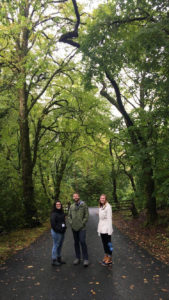
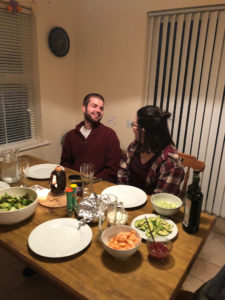
Being a human is hard. It is messy and complicated, full of unclear emotions and imperfect reactions. It doesn’t always make sense. But this is what God chose for his own. God chose to become the most vulnerable version of the human person; He saw this messiness and complexity and decided to become Incarnate in it. As my favorite poet, Charles Péguy, writes, “It’s a miracle. A perpetual miracle, a miracle in advance, God made the first move, a mystery of all the mysteries, God took the initiative. You must have confidence in God, my child, he certainly has had confidence in us” (Portal of the Mystery of Hope). God threw himself into our arms, quite literally; with Mary’s “yes,” God accepted the messiness of the human condition and welcomed it into His redeeming embrace. God trusted us with his Incarnation, a trust that we are encouraged to imitate in community life. The four of us trust one another with our full selves; this radical vulnerability is the very source of authentic connection and is a glimpse into the unity we await as people of faith.
